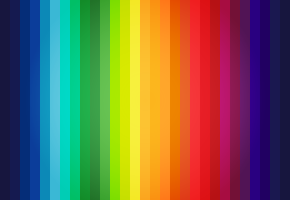
Calibrate your monitor
One constant of online images is how irregular they appear on different computers. Some photos look great, others are awful. The reason lies within the computer screens.
Computer screens often come with default monitor colours, and the brightness varies from monitor to monitor. And as the computer ages, the colours tend to change.
This can be frustrating for print matching. An image on your Windows PC may look very different when you print it onto paper. Before you fiddle with printer settings, calibrate your monitor – this ensures that the colours are displaying correctly.
When colour calibration matters
- If you’re a professional photographer, you must ensure that your photos are perfect.
- If you’re collaborating with designers, everyone must work within the same colour context.
- If you’re a professional printer, you must generate images that are true to life.
What calibration entails
Calibrating your computer utilises a device called a spectrophotometer that sits on the screen. It features four functional components to measure light intensity – photo, spectrum, colour and meter spectrum.
Calibration sets the screen contrast and brightness to appropriate levels. For example, if your monitor is set to 100% brightness, you will see bright and punchy images, but if the printer settings don’t match the monitor settings, the results will look different. Monitor calibration ensures excellent colour match between screen and print.
How to calibrate
A monitor can be calibrated using special equipment or specific software. The most significant benefit of hardware calibration is the ability to create device-independent International Colour Consortium monitor profiles or ICC Profiles.
Third-party calibration software is another option, offering extensive controls via the in-built tools available in MacOS and Windows. If you’re a casual image junkie, these free tools will guide you with calibrating your monitor, especially if you’re working with a lean budget.
Display
We outfit exhibitions, vehicles, walls, shops, event graphics, etc. using a variety of materials.